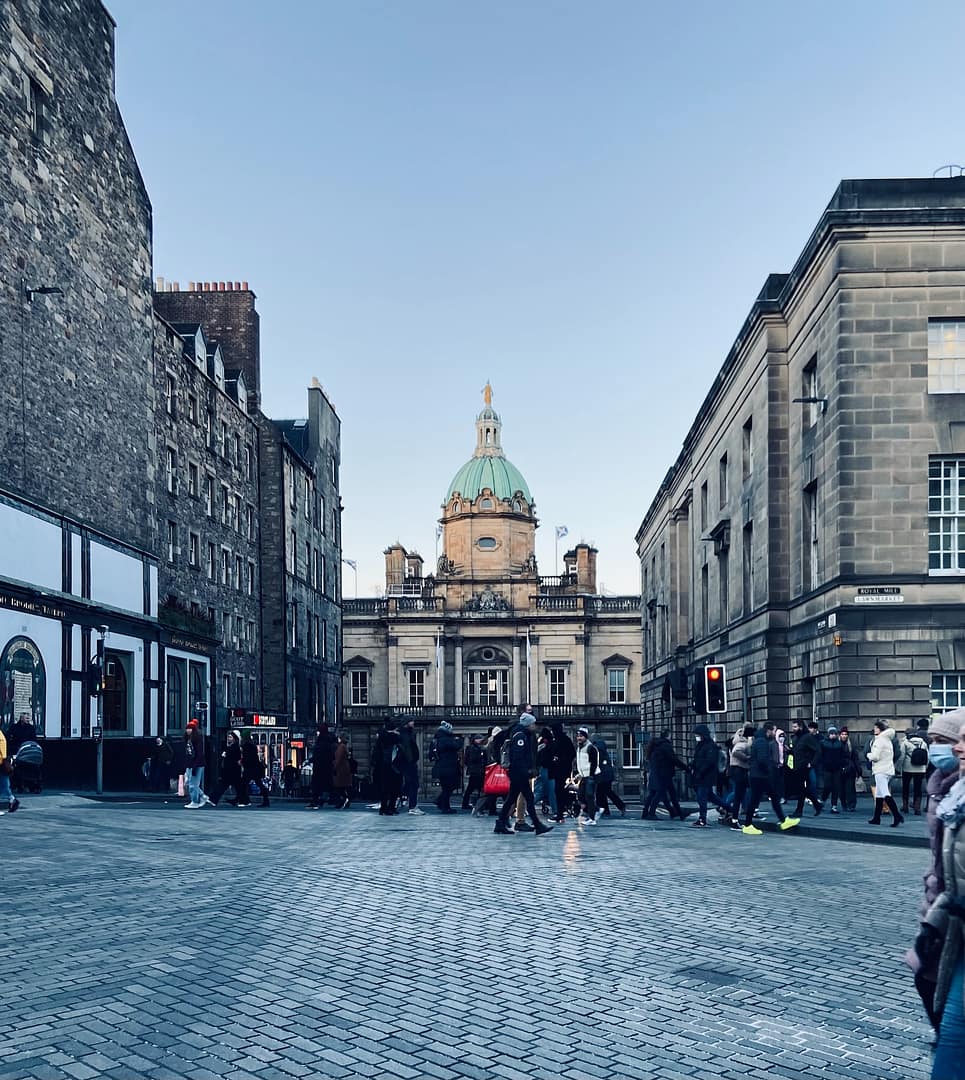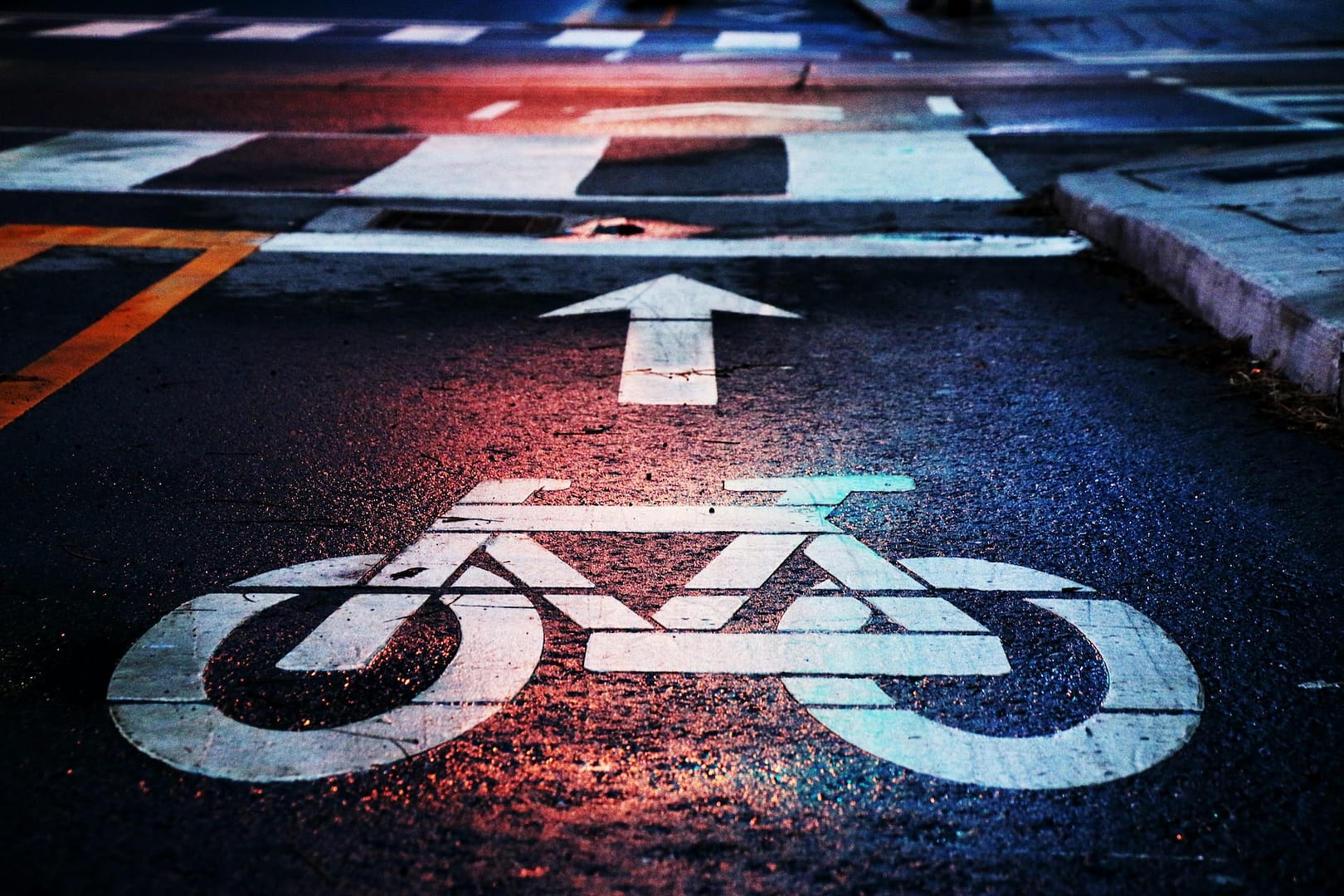In bustling cities, where the rhythm of life quickens, and streets become a tapestry of movement, urban safety emerges as a paramount concern. Among the most vulnerable in this intricate web of transportation are road users, including pedestrians, cyclists, and motorcyclists. To safeguard these individuals, cities have been striving to incorporate innovative urban features that serve as guardians of safety amidst the urban chaos. This article delves into the meaning of urban safety, the pivotal role of these urban features in protecting vulnerable road users, and the ways in which they make a positive impact on our urban environments. We will also highlight the next steps you need to take in order to start a road traffic accident claim.
Understanding Urban Safety: A Shared Responsibility
Urban safety revolves around creating an environment where everyone can move freely and securely. It is not solely the responsibility of individuals, but a collective effort involving city planners, policymakers, engineers, and citizens alike. The goal is to minimize accidents and create a harmonious coexistence between various modes of transportation. When vulnerable road users can traverse the city without fear or apprehension, urban safety truly prevails.
Urban Features: The Unsung Heroes
In the quest for urban safety, cities have been exploring and implementing innovative features aimed at protecting vulnerable road users. These features are the unsung heroes of our streets, silently working to make a difference in people’s lives.
Pedestrian Crosswalks and Overpasses
Pedestrian crosswalks and overpasses are crucial components of urban safety. Designated crossings at intersections allow pedestrians to cross roads safely while traffic is regulated, minimizing the risk of accidents. Overpasses or footbridges provide a segregated pathway for pedestrians to traverse busy roads without interacting with vehicular traffic. In cities worldwide, these features have proven their effectiveness in safeguarding pedestrians and reducing collision rates.
Protected Bike Lanes
As cycling gains popularity as an eco-friendly mode of transportation, protected bike lanes have become indispensable. Separated from motor vehicle lanes by barriers or curbs, these lanes offer cyclists a safe haven away from the hazards of fast-moving traffic. By providing a dedicated space for cyclists, cities encourage more people to embrace this sustainable mode of travel, fostering a healthier urban environment and reducing congestion.
Traffic Calming Measures
Traffic calming measures encompass a wide range of interventions designed to slow down vehicular traffic, thereby increasing safety for all road users. These measures include speed bumps, roundabouts, and chicanes that force drivers to reduce speed and pay more attention to their surroundings. By promoting slower and more cautious driving behavior, these features make urban streets safer for pedestrians and cyclists alike.
Pedestrian Plazas and Shared Spaces
Pedestrian plazas and shared spaces are urban features that prioritize pedestrians over vehicles in certain areas. By creating car-free zones or spaces where vehicles and pedestrians coexist without traditional road markings, these features foster a sense of community and encourage more people to walk. Emphasizing the pedestrian’s importance in the urban landscape, these spaces improve safety for vulnerable road users and promote a vibrant, people-centric urban experience.
Roadway Lighting and Visibility Enhancements
Proper illumination is vital for urban safety, especially during the evening and night hours. Well-lit streets not only deter potential criminal activities but also significantly improve the visibility of pedestrians and cyclists for drivers. Utilizing energy-efficient and smart lighting solutions can transform cities into safer and more inviting places, reducing accidents and enhancing the overall urban experience.
Intelligent Transportation Systems
Advancements in technology have given rise to Intelligent Transportation Systems (ITS), which encompass various technologies that aim to enhance road safety. These may include adaptive traffic signal systems, real-time traffic data, and automated pedestrian detection at crosswalks. By integrating technology into the urban fabric, cities can proactively manage traffic flow, minimize congestion, and improve safety for all road users.
The Impact of Urban Features on Vulnerable Road Users
The incorporation of urban features that prioritize road safety has yielded positive outcomes for vulnerable road users. From reducing accidents to fostering a sense of community, these features make urban spaces more accessible and secure for everyone.
Reduced Accidents and Injuries
The most evident impact of these urban features is the reduction in accidents and injuries. Crosswalks, protected bike lanes, and traffic calming measures have all contributed to a significant decrease in the number of road-related incidents involving vulnerable road users. When people feel safe while walking or cycling, they are more likely to embrace these sustainable transportation options, leading to further reductions in traffic congestion and pollution.
Promoting Active Transportation
Urban features that prioritize pedestrian and cyclist safety encourage people to adopt active modes of transportation. Walking and cycling not only contribute to individual health but also help reduce the carbon footprint of cities. By designing urban spaces that cater to these modes of travel, cities inspire residents to make healthier choices, resulting in a greener and more sustainable environment.
Fostering a Sense of Community
Pedestrian plazas and shared spaces have a remarkable impact on the social fabric of cities. By providing gathering spots and safe areas for interaction, these spaces foster a sense of community among residents. People can gather, play, and engage in social activities without the constant stress of traffic, creating a stronger bond between individuals and their city.
Improving Mental Well-being
The presence of urban features that prioritize safety contributes to improved mental well-being among vulnerable road users. When individuals feel safe and secure while traversing the city, they experience reduced stress and anxiety associated with commuting. This positive environment encourages more people to walk or cycle, leading to healthier and happier urban communities.

Making a Road Traffic Accident Claim
Despite the best efforts to create safe urban environments, accidents can still occur. When vulnerable road users become victims of road traffic accidents, they have the right to seek compensation for their injuries and losses. Making a road traffic accident claim can help these individuals receive the support they need to recover and rebuild their lives.
Seek Medical Attention
The first and most crucial step after a road traffic accident is to seek immediate medical attention, even if injuries seem minor. Some injuries may not manifest right away, and prompt medical evaluation ensures early detection and proper treatment.
Gather Evidence
Collecting evidence is vital for a successful accident claim. Take photographs of the accident scene, the vehicles involved, and any visible injuries. Obtain contact information from witnesses who can provide statements about what they saw.
Report the Accident
Inform the police about the accident and obtain a copy of the police report. This report can serve as valuable evidence when filing a claim with insurance companies or seeking legal representation.
Consult with National Claims
If the accident resulted in serious injuries or you encounter difficulties with insurance companies, consulting with us at National Claims is essential. Our claims specialists can guide you through the claims process and protect your rights, ensuring you receive fair compensation.
Conclusion
Urban features protecting vulnerable road users are indispensable components of modern city planning. They represent the embodiment of a shared responsibility to create safe and accessible urban environments for all. By prioritizing the safety of pedestrians, cyclists, and motorcyclists, cities can foster healthier communities while reducing accidents and promoting sustainable modes of transportation.
As we continue to enhance our urban landscapes, it is crucial to remember that accidents can still occur. In such cases, seeking compensation through a road traffic accident claim becomes essential for those who have suffered injuries and losses. By following the necessary steps and seeking legal guidance, individuals can receive the support they deserve to recover and rebuild after a road traffic accident.
Together, by combining innovative urban features and a supportive legal framework, we can pave the way for a safer, more inclusive, and resilient urban future. Let us work hand in hand to protect vulnerable road users and create cities where everyone can thrive, no matter how they choose to traverse the urban landscape.
Contact us today to start your claim and to find out more about how we can help you at National Claims.
Click below to see why we are one of the most trusted claims management companies in the UK.

We’re proud of our excellent customer reviews
We thrive on delivering exceptional service and ensuring our clients’ satisfaction. Don’t just take our word for it. Check out some of our independent reviews to see what our clients have to say.
Excellent

This firm is excellent, they sorted out my car pay out and injury claim very fast, they always communicate with you all the time.

My accident case was dealt with confidence and with great result of the outcome, especially James kept me informed all the time.

I was very impressed at the way my inquiry was treated. I was listened to attentively and everything I needed to know was explained to me.






